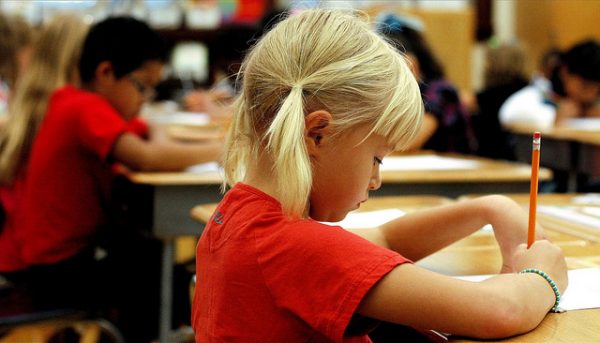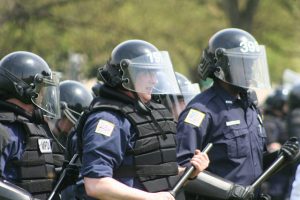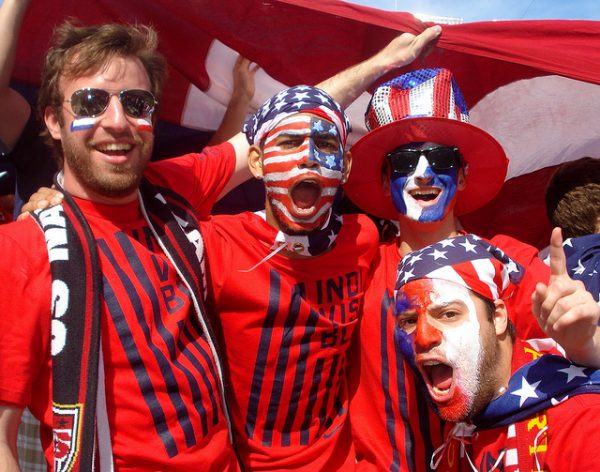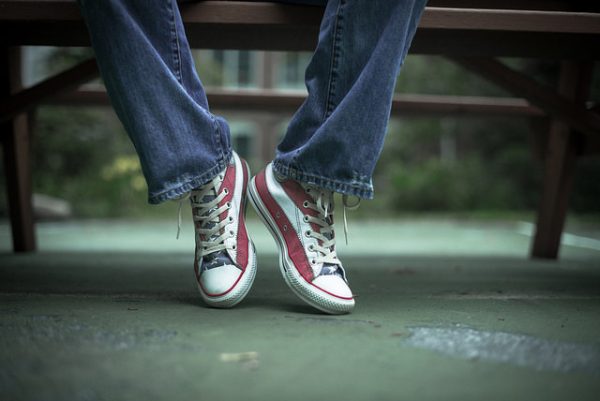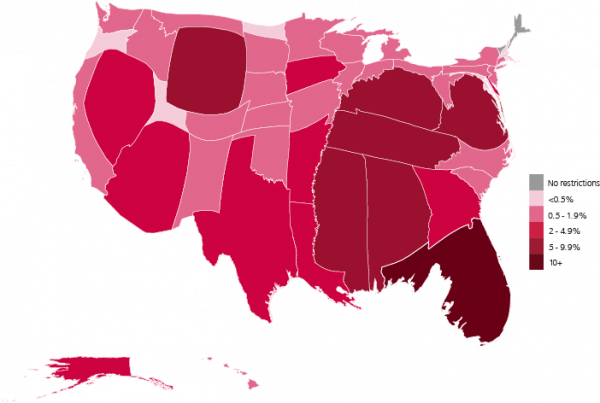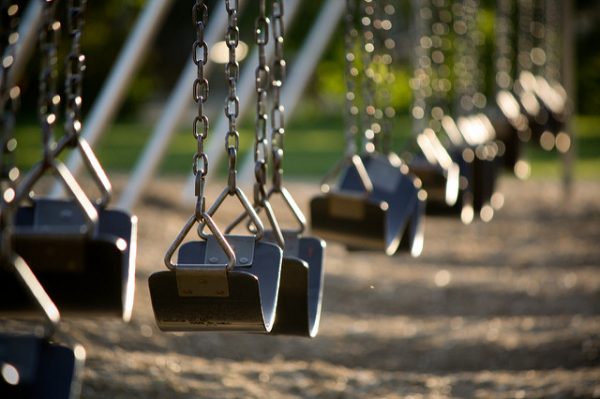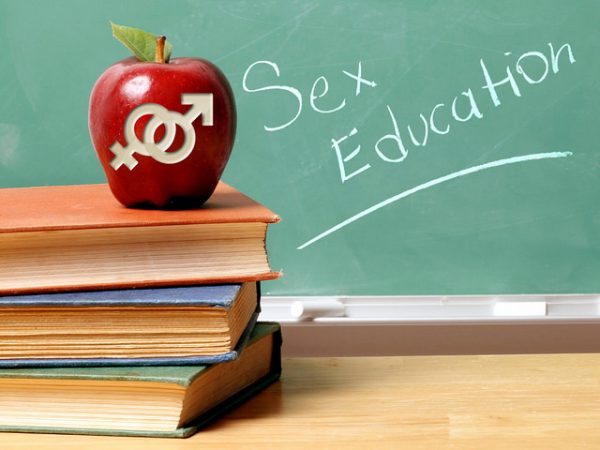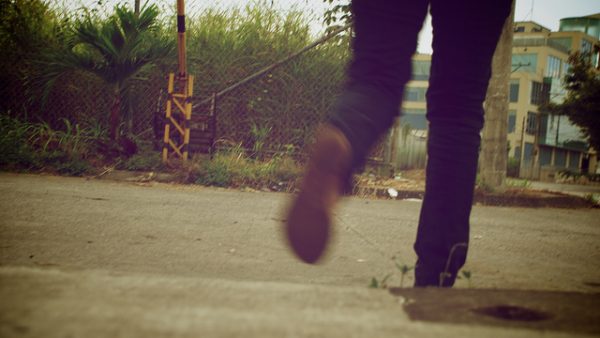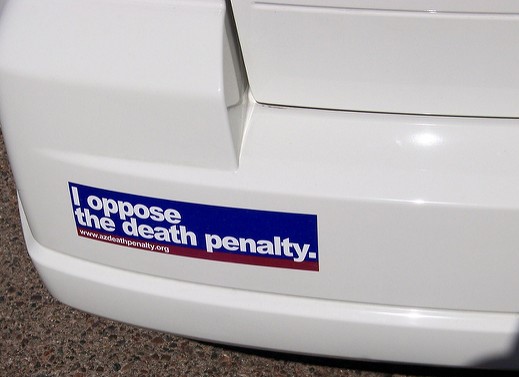
Several abortion providers have come under intense criticism for offering free abortions to women affected by Hurricane Harvey. While this criticism echoes decades of social and political debates regarding women’s reproductive rights, the control over women’s bodies extends far beyond the second-wave feminist movement during the mid-20th century. For example, recent calls for the removal of a statue honoring J. Marion Sims, a doctor known for medical contributions to the field of gynecology and who performed experimental surgeries on non-consenting enslaved black women without anesthesia, illustrate the historical links between reproductive control, gender, and race. Sociologists allow us to trace the long history of controlling black women’s reproduction.
While historical accounts of reproductive rights rhetoric in the 19th century point to the gendered issue of men’s control over women’s bodies and the valorization of traditional motherhood, they neglect how political rhetoric also drew on ideas of white superiority. As more immigrants migrated to the U.S., Anglo-Saxon political elites worried that greater migrant representation would quickly dismantle their political power, and so American physicians encouraged Anglo-Saxon women to bear children for the sake of continued political power among whites.
- Nicola Beisel and Tamara Kay. 2004. “Abortion, Race, and Gender in Nineteenth-Century America.” American Sociological Review 69(4): 498-518.
Even though white women were subjected to political rhetoric that sought to control their reproduction, their capacity to reproduce the white race meant they were privileged relative to black women. This privilege was shaken when white women gave birth to mixed-race children, however, and these women were sometimes forced into indentured servitude. On the other hand, racially mixed children born to black women during slavery were not threatening to a white racial order. Instead, they were viewed as symbols of white men’s social and economic control over black women.
- Abby Ferber. 1999. “Planting the Seed: The Invention of Race.” in White Man Falling: Race, Gender & White Supremacy. Oxford: Rowman and Littlefield.
- Aida Hurtado. 1989. “Relating to Privilege: Seduction and Rejection in the Subordination of White Women and Women of Color.” Signs 14(4).
During and after slavery, black women were commonly depicted as sexually deviant, hypersexual and promiscuous. State-sanctioned practices to control black women’s reproduction–like coercive birth control and mass sterilization campaigns where doctors performed hysterectomies on black women that were not medically necessary–reflected these cultural images. When black women did have children, restrictive welfare policies limited the state support they could receive, further drawing on racialized constructions of black women as lazy, ignorant, “welfare queens.” Both sets of state practices reflect the attempt to control black women’s sexuality, reproduction, and families.
- Patricia Hill Collins. 2004. Black Sexual Politics: African Americans, Gender, and the New Racism. New York: Routledge.
- Dorothy Roberts. 1998. Killing the Black Body: Race, Reproduction, and the Meaning of Liberty. New York: Vintage.
For more on the ways mothers are controlled and policed, check out this TROT on morality and maybe-moms.

